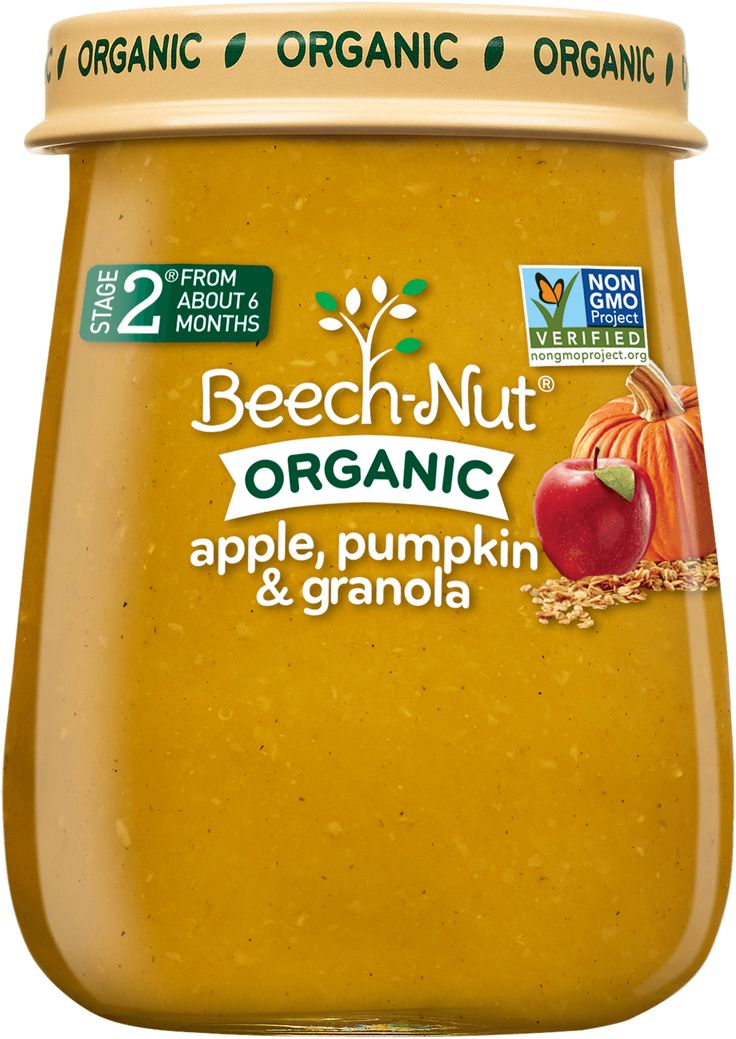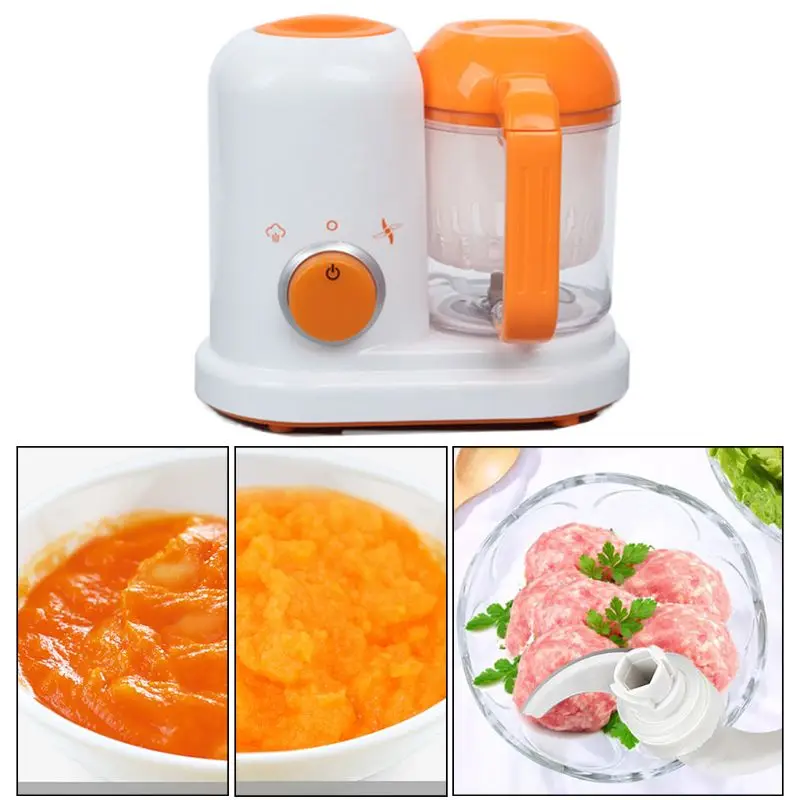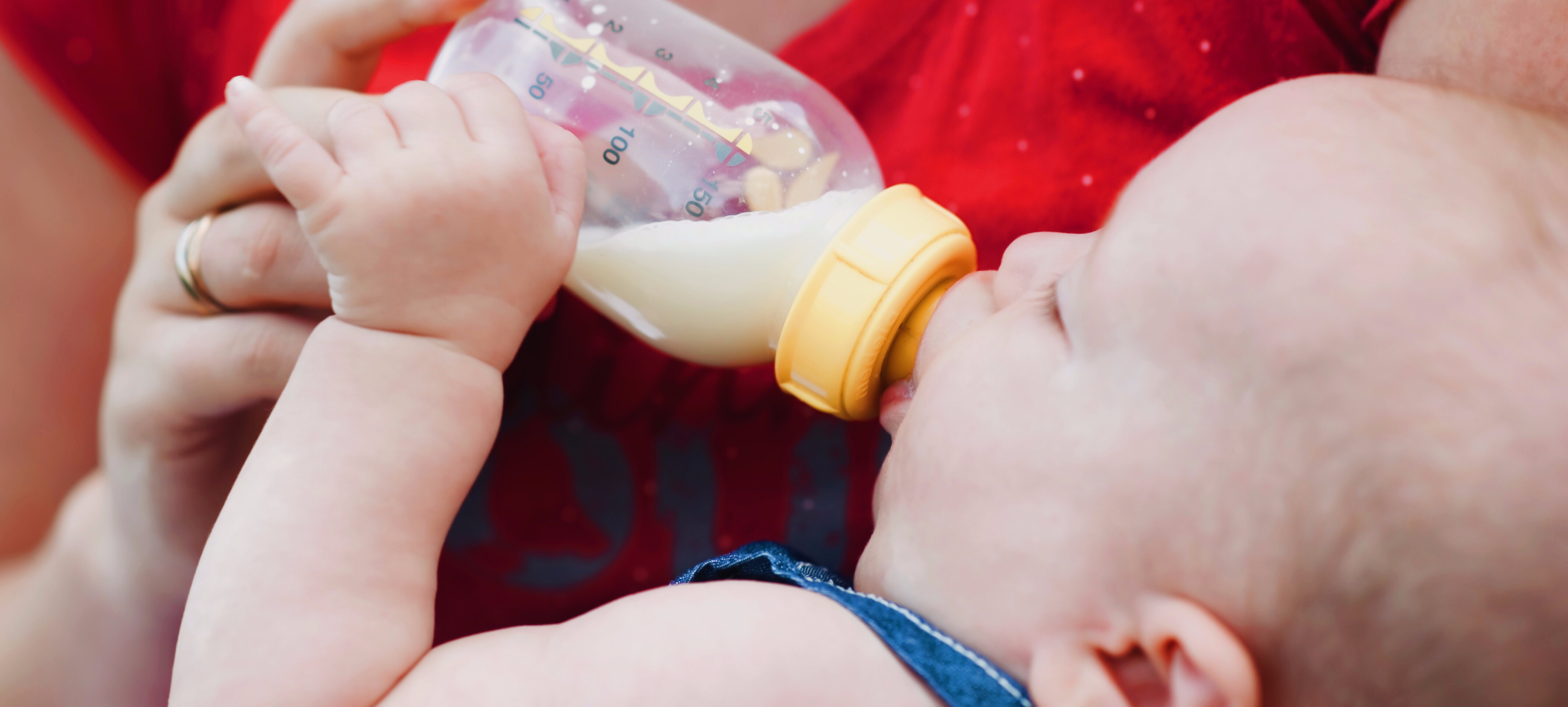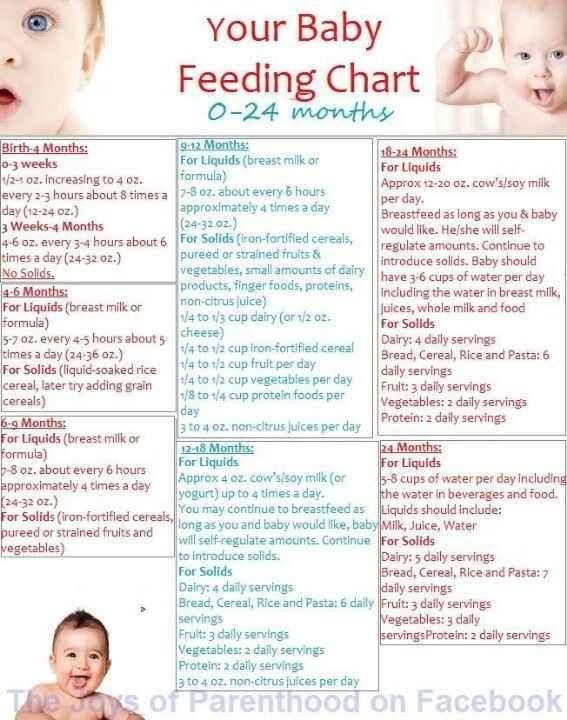How much do i feed baby chicks
How Much Feed Does a Chicken Eat?
Knowing how much feed a chicken should eat is the key to managing your flock budget and doling out the proper amount of food.
It's important to have at least a ballpark idea of how much feed chickens eat. This helps you to budget for your chicken feed bill, and also determine how much feed to keep on hand.
Fortunately, it's a pretty easy and straightforward question to answer.
An adult, laying chicken will eat about 1.75 lbs of feed a week. That translates to about 3.5-4 ounces (about 1/4 lb.) a day which roughly measures out to about 1/2 cup of feed per chicken per day.
Inadequate amounts of feed will almost immediately result in a decrease in laying, so you don't want your chickens to ever go hungry. Since a chicken won't overeat their feed, the best practice is to feed free-choice, leaving out feed for them all day.
How Much Feed do Baby Chicks Eat?
Baby chicks will eat approximately 1-2 ounces of feed a day for the first 8 weeks. That comes out to 3/4 to one pound of feed a week.
And they'll drink about three times more than they eat.
Don't worry, chicks and chickens won't overeat, so you can fill the feeders with several days' worth of feed, comfortable in the knowledge that each will eat only as much as she needs to get the nutrition and energy that their body requires for that day.
A quick tip is to ration out your flock's daily feed by measuring out the half cup per chicken into a pail.
Make note of how much feed that is and then either use a scoop of that size, or find a container that fits that amount of feed. Then in the future, you can just fill your feed scoop and dole it out each morning without having to measure each and every morning.
I generally put out my chickens' feed in the morning and then early afternoon I check to see if they have eaten it all.
If they need more, I measure out a bit more, and if they leave any at the end of the day, I make note and might reduce the amount I give them the next day.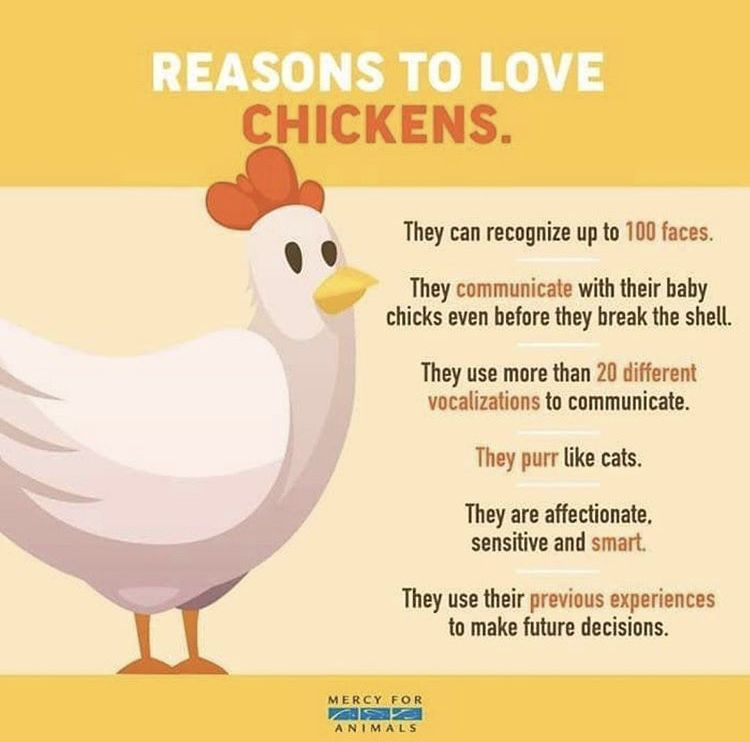
There are several factors, of course, that can result in your chickens eating either more or less feed than is the norm.
That half cup guideline can be influenced by several factors:
- the size and breed of chicken
- the time of year***
- the age of the hen (layers require more feed than older, non layers for example)
- the quality of the feed
- how much the flock is allowed to free range
- how many treats they get (treats should always be limited to no more than 10% of their total diet, and be given in the afternoon, after they have filled up on their feed)
***Chickens will eat more in the fall when they require extra protein to regrow feathers during the molting season and more during the winter months when they require extra energy to stay warm and can't be out supplementing their diet eating worms, bugs, seeds and grass.
Once the temperatures start to rise during the warm months, chickens will also eat less. In general, feed intake will begin to decrease a bit once the temperature hits around 68 degrees F and then decrease considerably once temperatures rise above 86 degrees F.
You can save some on your feed bills if you ferment grains for your chickens. They'll eat less if you ferment their feed because the process of fermentation boosts the nutrient levels in the feed and makes those nutrients more readily available, so chickens need to eat less to get the same amount of energy.
Similarly, you might think that you're saving money by buying the cheapest-priced feed, but most often, investing in a high-quality feed will actually save you money (and trips to the feed store!) because your chickens will need to eat less in order to get the energy and nutrients they need.
As a rule of thumb, chickens will drink two or three times as much water as the feed they eat, so figure on about two cups (one pint) of water per chicken per day, although during the summer, their feed intake will decrease while water intake will remain the same or increase.
Then once the mercury really begins to rise, their water intake will really begin to increase while feed requirements still remain fairly low.
Either way, chickens need nearly unlimited access to both feed and water all day long to remain in optimal condition and lay you delicious eggs!
What Do Baby Chicks Eat?
First time raising chicks? Or maybe it's just been awhile and you need a refresher of what baby chicks eat? Here are some guidelines for feeding chicks from hatch to laying age.
Baby chicks are like any other babies and need lots of nutrients, vitamins and minerals to help them grow up to be strong and healthy.
This simple chart gives you the guidelines you need to ensure you're feeding your babies correctly.
Your chicks will see their biggest growth spurt during this critical time. Chick starter feed has the highest levels of protein of any feed (other than meat bird feed!) to help support this rapid growth. You'll be looking for a feed that's 18-20% protein.
Chick starter feed has the highest levels of protein of any feed (other than meat bird feed!) to help support this rapid growth. You'll be looking for a feed that's 18-20% protein.
The calcium levels in starter feed are relatively low (usually under 1.5%) because the chicks only need it to grow strong bones, not to produce eggshells.... yet.
Starter feed is available in both medicated or non-medicated formulations and should be offered 24/7 to your chicks while they're in the brooder along with fresh room temperature water.
Chicks of all ages will not over eat their feed. They will only eat just enough to get the nutrients and energy they need for the day. A baby chick will eat about 3/4 to one pound of feed a week for the first 8 weeks of its life.
That's the equivalent to about 1 to 2 ounces of feed per day. And be sure that chicks have plenty of clean water at all times. They'll drink about three times more than they eat.
Although your chicks' growth will slow down quite a bit during this next period, they still need a balanced feed to continue to fill out and mature properly.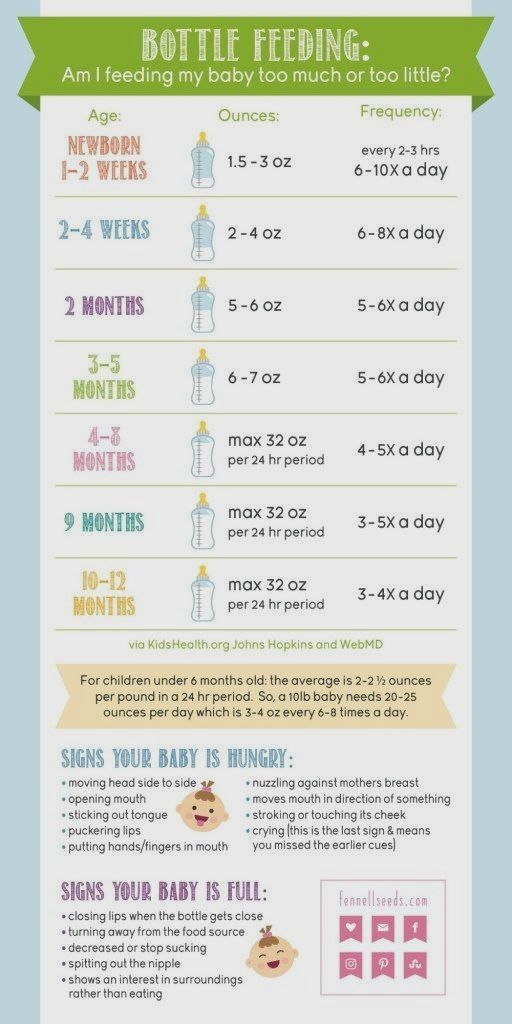
The protein level in the grower feed will drop from the level in the chick feed, down to 15-16%, while the calcium levels remain constant at less than 1.5%.
They'll eat about a pound of feed a week at this point, and as they get closer to 18 weeks, they'll likely be eating closer to a pound and a half per chicken per week.
As your chicks, now considered pullets, begin to approach laying age, they will need to start stockpiling extra calcium in their bodies that will be use to create strong eggshells.
Anytime within this age range, it's alright to switch them to layer feed when your last bag of grower feed runs out.
Layer feed contains similar protein levels (15-16%) as grower feed, but far greater amounts of calcium than either starter or grower feed. Layer feed should contain 3-5% calcium - the amount that laying hens need to make strong eggshells.
Feeding layer feed to young-ish hens before they are approaching laying age can lead to an excess of calcium in their bodies and kidney issues later in life. So wait on the layer feed until they're almost ready to start laying.
Each chicken will be eating about 1/2 cup of feed per day, or a pound and a half to a pound and 3/4 a week at this point.
What Else Do Chicks Eat?
There are a few other things that I recommend when it comes to feeding baby chicks. I do recommend limiting treats or anything other than the starter feed for the first two weeks, but if you can get your chicks out on grass right from the start, they'll love nibbling on grass and weeds, and scratching in the dirt for bug larvae and worms.
I also like to offer my baby chicks chopped herbs and weeds, especially dandelion greens, right from day one. Be sure that they also have grit to help them digest the greens. A small dish of coarse dirt is sufficient when they're very small.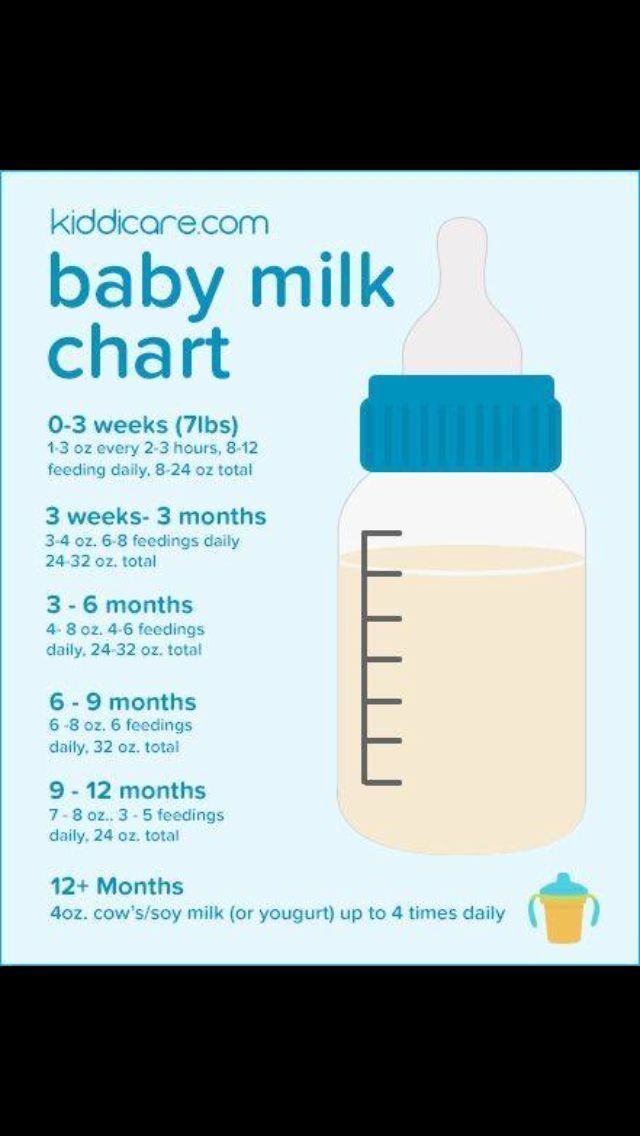
Can Chicks Have Treats?
As I mentioned, I do try to limit my chicks treats for the first two weeks. After that, they will love a variety of healthy treats including leafy greens, sliced cucumbers, watermelon and other grains, fruits and vegetables.
Breakfast of Champion Chicks
I also recommend adding a few supplements and additions to my chick feed right from the start - at hatch or day old, depending on when I get the chicks (and add the same to their adult feed as well):
- Brewers Yeast with Garlic (as mentioned before, ducks need more niacin than chickens)
- Poultry Probiotics
- Organic Sea Kelp
- Rolled Oats
For more details on the benefits of the various supplements and additions, read HERE.
Choosing a good-quality chicken feed for your chickens is one of the most important things you can do for them. Feeding them the correct feed during each stage of their life is the second most important.
If you're not sure which type of feed you should be feeding, check the bag tag or label for the protein and calcium levels.
Available from Amazon.com
Available from Chewy.com
 All rights reserved.
All rights reserved.diet in the first days of life, chicken feed norms
| The diet of chickens, especially small ones, is different from the diet of adult chickens. Many breeders who raise chickens in the household are interested in how and what to feed the chicks so that they develop properly. For healthy growth, chickens require a balanced diet in sufficient quantities. The composition of the products depends on the direction and age of the chicks. | nine0009 |
Content:
- What does healthy chicks eat?
- General rules for formulating rations
- What to feed chickens?
- General rules for feeding
- Feed for chickens of various ages
- Feeding frequency
- Feeding Features
- Farmer's Councils
What does a healthy chicken diet consist of?
Sources of proteins, vitamins, micro and macro elements are products of plant and animal origin, as well as substances synthesized in the laboratory. For the production of finished formulations in the factory, only high-quality proven raw materials are used. In feed for laying hens and broilers are introduced:
For the production of finished formulations in the factory, only high-quality proven raw materials are used. In feed for laying hens and broilers are introduced:
|
It is quite difficult to independently calculate the proportions and mix the components thoroughly without the appropriate equipment.
General dietary guidelines
The terms of growing meat breeds are 1.5-2 months, laying hens - up to six months. During this time, the bird should gain weight of 2.5-3 kg. To accelerate the growth of muscle mass in broilers, it is recommended to use specialized feed. It fully meets the needs of the bird in proteins, fats, carbohydrates, vitamins and minerals. The composition and consumption of feed should be appropriate for the age of the chicks.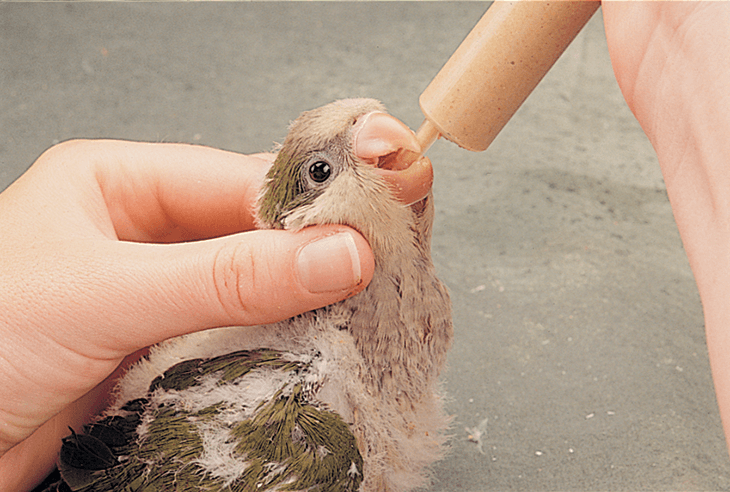 nine0013
nine0013
At 1-2 weeks of life, the foundation of the skeleton is laid in chickens, muscle mass increases at an average pace. At this time, it is necessary to introduce a sufficient amount of proteins, fiber, and mineral components into their diet.
In the growth phase, chickens are gaining weight intensively. They need as many amino acids and proteins as possible, which act as a building material for cells, as well as complex carbohydrates. The dose of vitamins and minerals received with food is increased. nine0013
At the finishing stage, the amount of carbohydrates is reduced so that the broilers gain more muscle mass, and not fat. At this stage, it is important to prevent weight loss. For these purposes, finishing compound feed is introduced into the diet.
What to feed chickens?
Cereals form the basis of the diet.
| Corn | One of the most useful and nutritious ingredients. Corn is the leader among grains in terms of protein content, while it contains less fiber than other cereals. The product is easily digested and well absorbed. nine0006 The product is easily digested and well absorbed. nine0006 |
|---|---|
| oats | Source of many amino acids. It is considered a dietary product, but contains a lot of fiber. In large quantities, it causes blockage of the intestines, so its share in the composition of the feed does not exceed 20%. Oats are given in a purified form, completely removing the film from the grains. The size of the fraction depends on the age of the bird. Sifted oatmeal is usually added to prestarter formulations. |
| Wheat nine0087 | Contains a large amount of vitamin E, B. Feed wheat is usually used in bird feed. The percentage can be up to 30%. |
| Rye | It is a source of a number of useful proteins, but contains too much mucus, which negatively affects the digestive system of chickens. It is added to some feeds in small quantities. |
| Barley nine0087 | Practically not inferior to oats in useful properties, but also contains a lot of fiber.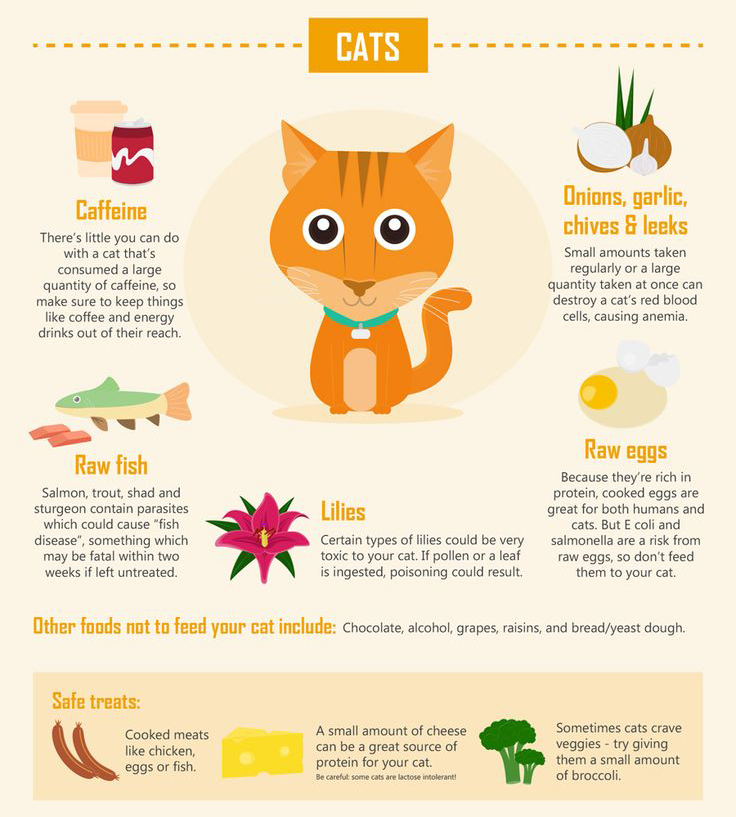 It is introduced into the composition only in a purified and sifted form. It is introduced into the composition only in a purified and sifted form. |
| Buckwheat | Despite the fact that the product contains components useful for poultry, it is rarely used. Basically, it is added to granulated feed, because. in loose form, chickens do not peck it. |
| Bran nine0087 | Products of processing grain crops are introduced to increase the caloric content of the diet. By themselves, they have no nutritional value, so they are rarely used. |
Peeled vegetables are used as succulent feed.
| Potato | Improves poultry digestion, promotes the absorption of nutrients. It is introduced in boiled dehydrated form. In the process of preparing food, it is unacceptable to use green potatoes, since poisonous solanine has formed in them. nine0006 |
|---|---|
| Beet | It normalizes the work of the intestines, prevents its blockage, provides the needs of chickens for vitamin B2, carotene, sugar. It can be given both fresh and boiled. The content of beets in the diet is about 15%. It can be given both fresh and boiled. The content of beets in the diet is about 15%. |
| Pumpkin | It contains a lot of vitamins and microelements. The product is added in an amount not exceeding 15% of the total volume. nine0006 |
Protein components provide the daily requirement for amino acids. Protein sources are also rich in vitamins and minerals. They can be of plant and animal origin. Amino acids are well absorbed by the body. Animal proteins are obtained from various types of flour:
- fish. This product makes up to 8% of the diet, but is not used in broiler feed so that the meat does not have a specific smell; nine0016
- bone. In terms of the amount of proteins, it is not inferior to cereals, and at the same time it is rich in fats (11%) and vitamins A and E. It is given to chickens from a month old;
- blood. The product is rich in essential amino acids, but in high concentrations it provokes indigestion.
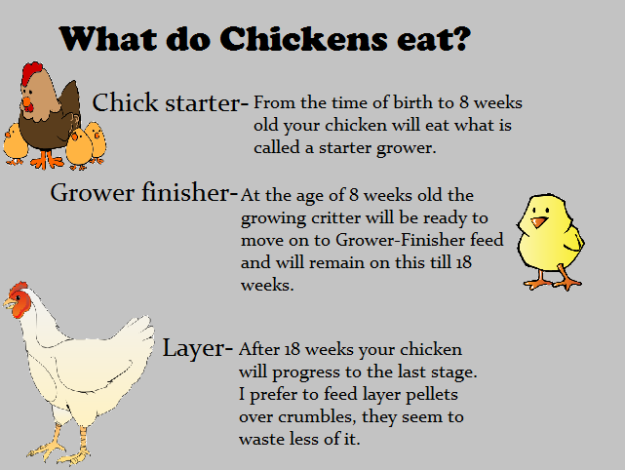 Its share in the diet should not exceed 4%;
Its share in the diet should not exceed 4%; - pen. This component is used as an available source of protein to balance the feed composition. It is added in small amounts (up to 2%). nine0016
Dairy products are also a source of well-digestible animal protein: cottage cheese or whey. Their inclusion in feed mixtures for laying hens increases the egg production and fertility of chickens.
Legumes are richest in vegetable proteins:
- soy in terms of percentage and qualitative composition of proteins and amino acids is practically not inferior to products of animal origin, it also contains vitamins and minerals; nine0016
- peas also provide protein requirements for poultry, although to a lesser extent; chickens do not eat it well because of the specific smell and taste, therefore, no more than 10% is introduced into the feed;
- soybean and sunflower meal and cake are an inexpensive, highly digestible source of amino acids. In compositions for adult chickens, their share is 15-17%, for chickens and young animals - 10%.
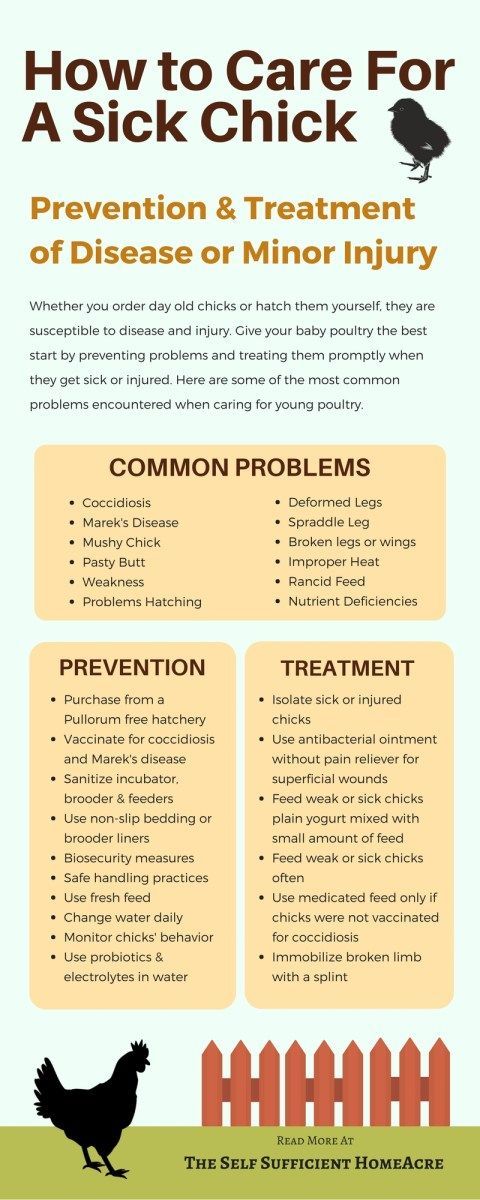
General feeding rules
| nine0005 Each individual should consume approximately 15-30 g of food per day: how much depends on the breed, weight of the chicks, and the intensity of their development. In general, the amount of feed each time should be such that the young hens will eat it in 30 or 40 minutes. The remains must be removed from the feeders so as not to deteriorate, and the feeders themselves must be washed and dried. |
If the chicks do not eat the feed given to them often, then its rate should be reduced. If, on the contrary, the food is eaten quickly, then it is desirable to increase its volume. nine0013
Feed for chickens of various ages
| PC-2 | Designed for chicks under 7 weeks old. It is produced in the form of finely ground grains, designed for an insufficiently unformed digestive system, easily digestible, contains all the useful trace elements. |
|---|---|
| PC-3 | Balanced mix for young animals 8-20 weeks old. Promotes rapid growth and proper formation of the reproductive system. It is produced in the form of grains with medium-sized fractions. nine0006 |
| PC-5 | Designed for broiler chickens from 2 weeks to 1 month of age. It consists of a complex of easily digestible components that stimulate a set of muscle mass. |
| PC-6 | It has similar characteristics, but is designed for broilers older than a month. |
All types of feed can be divided into three groups: nine0013
| carbohydrate | Protein | Vitamin |
|---|---|---|
Promote accelerated growth and muscle mass gain. Their composition is dominated by cereals and vegetables. Chickens digest foods high in carbohydrates well, which cause a slowdown in metabolism and rapid weight gain. Such feeds are designed for broilers and increase the average carcass weight.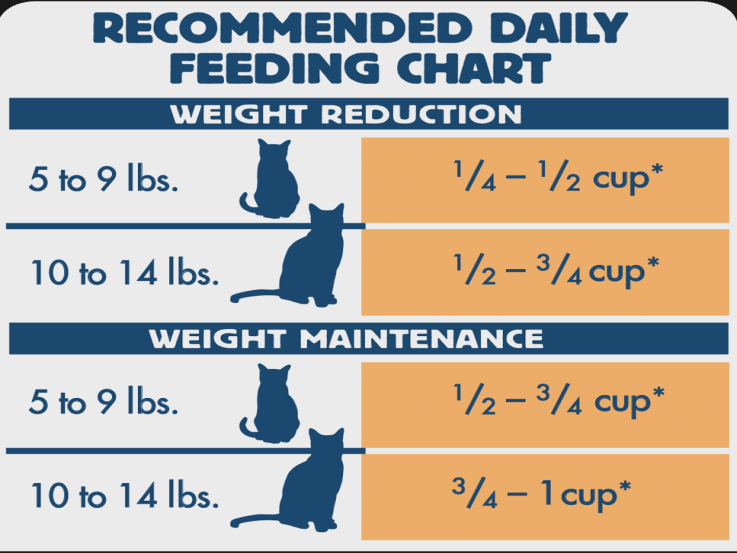 | nine0005 Such compound feeds are developed mainly for laying hens. A large amount of protein increases the productivity of the bird, improves the palatability of the eggs, and makes the shell stronger. Strengthen the immune system, help to survive the winter period. Usually produced in the form of concentrates, which enrich the main diet. |
According to the form of release, the compositions are of 2 types.
| nine0012 Loose ones consist of fine-grained components. The disadvantage of such compositions is that they are worse absorbed. The chicken chooses tasty crumbs from the feed, and the less appetizing ingredients are thrown away. As a result, the bird receives less nutrients. In addition, a lot of dust remains in the feeder. However, it is impossible to completely abandon loose compositions. Chickens in the first weeks of life are not able to swallow and digest large granules, therefore they can peck only small grains. |
Expanded feed is produced by short-term heat treatment under high pressure. Nutrient mixtures are in the form of granules and contain liquid components in their composition. The advantages of expanded compositions include:
However, when heated, some of the vitamins are destroyed. |
Feeding frequency
The first time chickens are fed on the same day they are born. Then, until the age of 7 days, the chicks of meat breeds are fed 6-8 times a day, from the 2nd week of life - 6 times, from the 3rd - 4 times a day, by the age of one month, chickens are fed three times a day. Chicks of egg breeds up to 1.5 weeks are fed 5-6 times a day, and by the month they are gradually transferred to 3 meals a day. nine0013
Chicks of egg breeds up to 1.5 weeks are fed 5-6 times a day, and by the month they are gradually transferred to 3 meals a day. nine0013
When choosing a mixture, it is recommended to give preference to complete formulations. However, if the breeder has enough of his own food, you can limit yourself to concentrated additives to enrich it. Such compositions are marked with the QC marking. Concentrates for meat and egg-bearing breeds solve different problems:
| for broilers | for laying hens |
|---|---|
|
|
It is unacceptable to use concentrates as the main feed, since an excess of nutrients is no less harmful than their deficiency. BVMB is introduced into the composition of the mash, taking into account the age of the chickens.
BVMB is introduced into the composition of the mash, taking into account the age of the chickens.
Feeding Features
| 1st day of life | Feeding of chickens of egg breeds begins immediately after they dry out. The first food for newborn chickens should be a hard-boiled egg. It is cut as small as possible so that the chicks can swallow small crumbs and roll it in semolina to prevent pieces from sticking to the paws and fluff. In the brooder where they are, they put a drinker with clean, boiled and cooled water. Newly hatched chicks are also fed boiled eggs under the brood hen. nine0006 |
|---|---|
| 2nd day | On the 2nd day, the chicks are already given a mash of eggs and homemade low-fat fresh cottage cheese (the ratio of ingredients is 1 to 1). The formula for feeding day-old chicks should be fresh and fed every 3 hours. |
| 1 Week | From the 3rd day, chickens are fed with a more varied mixture of cottage cheese, boiled eggs, crumbly porridge from corn, oat or wheat chips (the share of cereals should be 65%). Finely chopped greens and boiled red carrots grated on a fine grater are added to them. You can give germinated grain or grass flour at the rate of 2-3 g per chicken per day. More than 5 g of such flour cannot be fed due to the high content of fiber in it. Separately, a little skimmed milk or yogurt is poured into the container; it is better not to add them to the mixers. Twice a week, a few crystals of potassium permanganate are added to the water so that it becomes slightly pink. Keep it in drinkers for no more than 0.5 hours, and then replace it with clean water. This protects chickens from stomach diseases. You can feed the chicks with special industrial compound feed for chickens from the first days of life. It is made up of products that are easily absorbed by the body of small chickens and fully satisfy all their needs. nine0006 Finely chopped greens and boiled red carrots grated on a fine grater are added to them. You can give germinated grain or grass flour at the rate of 2-3 g per chicken per day. More than 5 g of such flour cannot be fed due to the high content of fiber in it. Separately, a little skimmed milk or yogurt is poured into the container; it is better not to add them to the mixers. Twice a week, a few crystals of potassium permanganate are added to the water so that it becomes slightly pink. Keep it in drinkers for no more than 0.5 hours, and then replace it with clean water. This protects chickens from stomach diseases. You can feed the chicks with special industrial compound feed for chickens from the first days of life. It is made up of products that are easily absorbed by the body of small chickens and fully satisfy all their needs. nine0006 |
| 2-4 weeks | From 1.5 weeks of life, a little sunflower or soybean meal (3-4% of the total food volume), chalk or shells, bone meal (5-7% of the feed amount or 2-3 g per 1 chick). Particles of top dressing should not be more than 1-2 mm. Very fine gravel or sand washed in water is placed in a separate container. After 10 days, eggs are removed from the diet, but other components are introduced, for example, root crops (boiled potatoes, etc.). Salt, rice, rye, wheat bran (up to 10%), herbal flour (6-10%) are introduced into the menu of two-week-old chickens. From 3 weeks old, chicks gradually begin to accustom themselves to whole grains. nine0006 Particles of top dressing should not be more than 1-2 mm. Very fine gravel or sand washed in water is placed in a separate container. After 10 days, eggs are removed from the diet, but other components are introduced, for example, root crops (boiled potatoes, etc.). Salt, rice, rye, wheat bran (up to 10%), herbal flour (6-10%) are introduced into the menu of two-week-old chickens. From 3 weeks old, chicks gradually begin to accustom themselves to whole grains. nine0006 |
| 1 month | At this age, the young are already quite strong, they can spend time walking, where they independently find greenery, seeds of various plants, worms and beetles. If the birds are in a closed aviary and cannot pluck the grass, then they need to be given it along with grain and vegetables. In general, the share of green grass in the diet of one-month-old young animals should be about 1/3 part, no less. Grain can be given both ground and whole: the birds are already able to peck it. It can be anything: wheat, barley, corn, oats, etc. At this age, legumes can also be fed: peas, chickpeas, small beans, etc. In addition to grain products, you can feed root crops, fresh or boiled, to monthly chickens, vegetables from the garden and their tops, kitchen waste of both plant and animal origin, bran, meal and cake, compound feed. From mineral additives - bone and fish meal, chalk or lime, shell rock, salt. In addition to food, young animals should always have clean water in drinking bowls and pebbles that the bird needs for normal digestion. nine0006 It can be anything: wheat, barley, corn, oats, etc. At this age, legumes can also be fed: peas, chickpeas, small beans, etc. In addition to grain products, you can feed root crops, fresh or boiled, to monthly chickens, vegetables from the garden and their tops, kitchen waste of both plant and animal origin, bran, meal and cake, compound feed. From mineral additives - bone and fish meal, chalk or lime, shell rock, salt. In addition to food, young animals should always have clean water in drinking bowls and pebbles that the bird needs for normal digestion. nine0006 |
Chickens of meat breeds differ from egg breeds in that they need more complete proteins and vitamins, so their diet should be tailored to this feature. Therefore, it is necessary to give more protein feed, such as legumes (grains and green mass), meat and bone and fish meal, fresh kitchen waste. It should also be borne in mind that they eat more, so they need to be fed more often, especially in the first days of life.
Farmer's councils
When changing nutrition, the sensitivity of chickens to changes in composition should be taken into account. For this reason, birds should be transferred to a different diet gradually, over 3-5 days, daily adding new food to the usual food, gradually increasing its amount.
There should always be fresh water in the drinker, in which a little potassium permanganate is diluted - so much so that the liquid does not turn pink.
It is advisable to mix common salt (up to 5 g per 1 kg of the mixture) and ground egg shells into the feed. nine0013
The main disadvantage of self-prepared mixtures is the fragility of their storage. In contrast, prepared feed can be left in the feeder for as long as the chicks need to saturate.
In our company, you purchase safe, certified mixtures with high nutritional value. Products exceed the requirements of GOSTs in quality. At your request, it is possible to develop an individual recipe for specific chicken breeds. nine0013
nine0013
The MEGAMIX company cooperates with a network of dealers in Moscow and regions. You can clarify the terms of the order and delivery by phone +7 (8442) 97-97-97 or on our website.
Free consultation
Ask a question to a specialist or order a price list
Telephone
Comment
By leaving a request, you agree to the policy of processing personal data.
nine0012 09.11.2020Articles - Southern Crown
No page found with this URL
404
Please check the URL and try again.
You can return to the main page of the site.
Or see the sitemap.
- Compound feed
- Compound feed for birds
- For broiler chickens
- For quail nine0016
- For laying hens
- For ducks
- for turkeys
- Compound feed for pigs
- For piglets
- For fattening pigs
nine0015 Compound feed for herbivores - For rabbits
- For chinchillas
- Compound feed for birds
- Compound feed for cattle/MRS
- For calves/milk cows
- For goats/sheep
nine0015 Other feed - Feed mixture
- Raw material
- Premixes for birds
- For laying hens
- For breeding layers
- Premixes for pigs
- Premixes for herbivores
- Premixes for cattle
Benefits of our feeds
-
Precise balance of elements necessary for animal growth
-
Less feed consumption - ingredients are absorbed more intensively
-
Delicious food - stimulates the active appearance of appetite
-
Boosting immunity - animal mortality is reduced to a minimum
-
Only natural, pure and healthy raw materials
-
Animal weight gain is on average 5-15% higher than normal
Authorization
E-mail:
Wrong e-mail
Required
Password
Wrong password
Required
Authorization
You have successfully authorized on the site
Registration on the site
Email Mail (Login)
Filled E-mail
Filling the field is mandatory
Password
Password too simple
Filling
Repeat the password
passwords,
Filling up
Fio
Fio
FUL Name
Field is required
Phone
Invalid phone number
Field is required
By registering, I agree to the rules for the sale of goods and the user agreement
Security code
Password recovery
TODO: Feedback form
in footer.

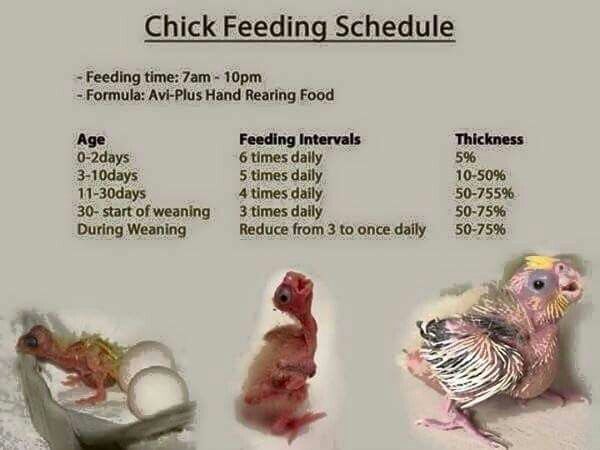 For broilers, loose compound feed can be introduced into the diet from the first days of life, and for laying hens - from the second week. When using dry mixes, it is important to provide the hens with sufficient drinking water. nine0013
For broilers, loose compound feed can be introduced into the diet from the first days of life, and for laying hens - from the second week. When using dry mixes, it is important to provide the hens with sufficient drinking water. nine0013 

